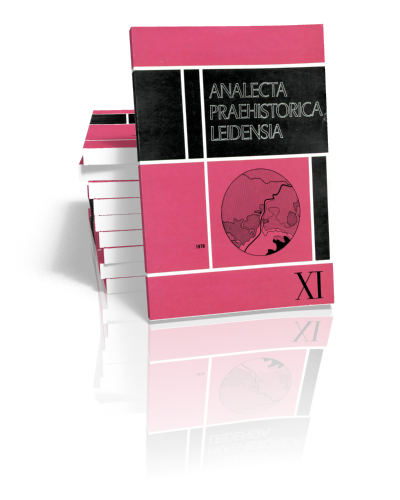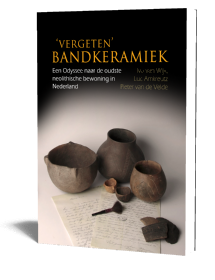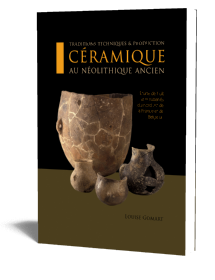Abstract:
The study published here has been set up as a case study in human paleoecology. This term human paleoecology is a contraction of two better-known terms, namely paleoecology and human ecology. The first relates to the science which deals with the ecology of periods that belong to the past. By the second term is understood that part of ecology which focuses on man. Human paleoccology thereforc relates to people from past periods. It studies prehistorie or even historie human populations in relation to their environment.
A characteristic of a vanished population is that it cannot be studied directly. This can only be done through what it has left behind. Bcsidc remains of man himself, the records consist of traces of his activities, among which are mobile and immobiie goods and, in special cases, even written sources. This is the reason why in reality the investigator does not deal with a population in the biological sense, that is with a collective group of individual organisms, but with one of the higher units of the archaeological taxonomy. One may consider units on the level of assemblage, culture, culture group or techno-complex from the taxonomic system by Clarke (Clarke 1968). However incomplete, they represent for us the living population from the past.
Like the population, the environment cannot be described directly either. What we call “environment” changes in the course of time. Some factors change slowly, others more quickly but the present can never be an exact model for the past. Therefore the environment will always have to be reconstructed. Each archaeological entity will have to be related to a reconstructed environment which is valid for the period in which the entity occurred. It will be obvious that a study of cultural remains can never approach a direct study of a living population. Nor can a reconstructed environment ever be described with the same accuracy that may characterize the description of a recent environment. The relation between an archaeological entity and its reconstructed environment is for that reason only partly accessible to investigation. A paleoecological study can never arrive at such detailed analyses as is possible in a normal ecological study.
We have undertaken the present study to investigate what can be done in the field of reconstructions in a concrete case. We have tried to sec how far we could come with a description of the relation between a given archaeological entity and its environment. It is also our purpose to indicate the limits of the results which can be obtained in the state of present research. As subject we chose four settlements which belong to the same culture: the Linearbandkeramik culture.


Prof. (em.) Dr.
Corrie Bakels
Corrie Bakels has held the chair in palaeoeconomy at Leiden University, the Netherlands, since 1988. Her specialisations are prehistoric and early historic agriculture, archaeobotany and vegetation history. She graduated in 1978 on an analysis of early farming societies in the Netherlands and Bavaria, Germany. Since then she has participated in many archaeological projects in Western Continental Europe. A synthesis of her work on the agrarian history of the Western European loess belt, 5300 BC – AD 1000 has appeared in 2009.
read more











